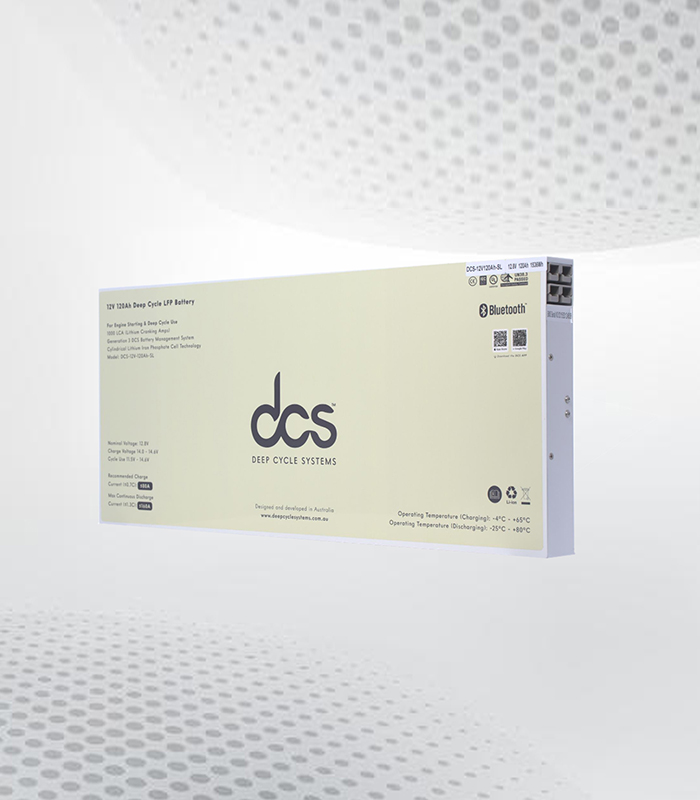In industries like construction, mining, and agriculture, the demand for durable and reliable waterproofing solutions is ever-increasing. One of the most effective and widely adopted materials for such applications is HDPE T-Rib liner sheets. Made from High-Density Polyethylene (HDPE), these liner sheets are engineered to provide superior protection against water seepage, chemical corrosion, and environmental wear and tear. The ribbed structure of these sheets, which enhances their bond with concrete surfaces, makes them a preferred choice for tunnels, shafts, reservoirs, and various other applications. This Mahira Polyglobal LLP will delve into the benefits, uses, and installation processes of HDPE T-Rib liner sheets, with particular attention to their cost and market demand in India.
1. Understanding HDPE T-Rib Liner Sheets
HDPE T-Rib liner sheets are high-density polyethylene sheets with a unique ribbed structure on one side, which allows for better adhesion to concrete surfaces. These sheets serve as a barrier to prevent water ingress, protect against chemical exposure, and resist the impact of environmental factors like temperature changes and UV exposure. They are specifically designed for use in environments where long-term waterproofing and corrosion protection are required.
The material’s flexibility makes it suitable for a wide range of applications. Whether it is used in tunnel linings, water storage tanks, or waste containment systems, HDPE T-Rib liner sheets deliver unmatched performance. The ribbed design enhances the bonding process, ensuring that the liner remains securely attached to the structure, even in challenging conditions like seismic activity or heavy loads.
2. Key Benefits of HDPE T-Rib Liner Sheets
One of the most significant advantages of T-Rib HDPE liner Sheets is their exceptional durability. Unlike traditional waterproofing methods such as bitumen coatings or cementitious products, HDPE sheets are designed to last for decades with minimal maintenance. They are resistant to a wide range of chemicals, including acids, alkalis, and solvents, making them suitable for use in industries like chemical processing, mining, and wastewater treatment.
Additionally, HDPE T-Rib liner sheets are UV-resistant, meaning they can withstand prolonged exposure to sunlight without degrading. This makes them ideal for outdoor applications like reservoirs or landfills. Moreover, these liners are impermeable to water, ensuring that even in areas with high water tables or heavy rainfall, structures remain dry and protected. The flexibility of HDPE allows the liner to accommodate movements in the structure, such as thermal expansion or ground shifts, without cracking or losing its protective properties.
3. Applications of HDPE T-Rib Liner Sheets
HDPE T-Rib liner sheets are used in a wide range of applications, particularly in sectors where water management and chemical protection are critical. In tunnel construction, for instance, these liners prevent water from seeping into the tunnel, which could compromise the structure’s integrity over time. The ribbed design ensures that the liners remain firmly attached to the concrete walls, even in the presence of ground movement.
In agriculture, HDPE T-Rib liner sheets are used to line irrigation canals, reservoirs, and ponds. The impermeable nature of the material ensures that water is retained, reducing the need for frequent replenishment. Similarly, in mining, these liners are used to contain tailings and other waste materials, preventing harmful chemicals from leaching into the soil and groundwater. The robust chemical resistance of HDPE makes it ideal for this purpose.
4. The HDPE T-Rib Sheet Market in India
In recent years, the demand for T-Rib HDPE liner sheets in India has grown significantly. As the country continues to invest in large-scale infrastructure projects such as highways, tunnels, and water treatment plants, the need for reliable waterproofing and corrosion protection solutions has increased. The cost of HDPE T-Rib sheet price in India is highly competitive, making it an attractive option for both small and large-scale projects.
Several domestic and international fabric bag manufacturers offer HDPE T-Rib liners at various price points, depending on factors like thickness, size, and quality. While the initial investment in HDPE liners may be higher than some traditional methods, the long-term savings in maintenance and repair costs make them a cost-effective solution. Additionally, the availability of HDPE T-Rib liners in India has increased, with many suppliers offering both standard and custom sizes to meet specific project requirements.
5. Installation Process of HDPE T-Rib Liner Sheets
The installation of HDPE T-Rib liner sheets is a critical process that ensures their long-term effectiveness. Proper installation involves several key steps, starting with the preparation of the substrate. The surface must be cleaned and free from any debris, rough spots, or sharp objects that could damage the liner. In cases where the surface is uneven, a geotextile layer may be added beneath the liner to provide additional protection.
Once the surface is prepared, the T-Rib HDPE Liner Sheets India are rolled out and cut to the required size. The sheets are then aligned with the structure and welded together using specialized equipment. The welding process ensures that the seams are watertight, preventing leaks. It is essential to conduct a thorough inspection after installation to check for any weak spots or defects in the welding. Depending on the project’s complexity, the installation process may take anywhere from a few days to several weeks.
6. Cost Considerations for HDPE T-Rib Liner Sheets
When it comes to HDPE T-Rib sheet price, several factors influence the cost. The thickness of the sheet is one of the most important considerations; thicker sheets provide greater durability and resistance to environmental factors but come at a higher cost. The size and complexity of the project also play a role in determining the overall cost. For large-scale projects like tunnel construction or landfill lining, purchasing in bulk may reduce the price per square meter.
The installation process also affects the total cost of the project. While HDPE liners are relatively easy to install compared to other waterproofing methods, hiring experienced technicians and purchasing the necessary equipment can add to the overall expenses. However, the long-term savings achieved through reduced maintenance, fewer repairs, and increased lifespan often offset these initial costs.
7. Environmental and Sustainability Benefits of HDPE T-Rib Liner Sheets
In addition to their functional advantages, HDPE T-Rib liner sheets offer several environmental benefits. First, they are fully recyclable, meaning that at the end of their useful life, they can be repurposed into new products rather than being sent to a landfill. This reduces the environmental impact of construction and industrial projects.
HDPE liners also help prevent the contamination of soil and water resources by creating a barrier between hazardous materials and the environment. For example, in landfill applications, the liners prevent leachate from seeping into the surrounding soil and groundwater, thereby protecting ecosystems and human health. The durability of HDPE means that it requires fewer replacements and repairs, further reducing the environmental footprint of the project.
8. Conclusion: HDPE T-Rib Liner Sheets as a Long-Term Solution
HDPE T-Rib liner sheets represent a highly effective and versatile solution for waterproofing and corrosion protection in various industries. Their durability, flexibility, and resistance to chemicals make them an ideal choice for challenging environments such as tunnels, landfills, and reservoirs. In addition, the growing demand for HDPE T-Rib liner sheets in India reflects their cost-effectiveness and long-term benefits, particularly in large infrastructure projects.
As the construction and industrial sectors continue to evolve, the need for reliable, environmentally friendly solutions like HDPE liners will only increase. With proper installation and maintenance, Lining Sheet Manufacturers can provide decades of protection, ensuring the safety and longevity of critical infrastructure projects.
Frequently Asked Questions (FAQs)
- What factors affect the price of HDPE T-Rib liner sheets?
The price of HDPE T-Rib liner sheets depends on factors such as sheet thickness, project size, and the complexity of the installation process. Thicker sheets generally cost more but offer enhanced durability and protection. - Why are HDPE T-Rib liner sheets preferred over traditional waterproofing materials?
HDPE T-Rib liner sheets are more durable, chemically resistant, and flexible than traditional materials like bitumen or cement. They also offer long-term savings due to reduced maintenance and repair needs. - How is the installation process of HDPE T-Rib liner sheets carried out?
Installation involves surface preparation, aligning the sheets, and welding the seams to ensure a watertight barrier. Proper inspection after installation is essential to guarantee long-term effectiveness. - Can HDPE T-Rib liner sheets be used in all environments?
Yes, HDPE T-Rib liner sheets are suitable for a wide range of environments, including harsh conditions with exposure to chemicals, UV rays, and temperature fluctuations. They are commonly used in construction, mining, and agricultural applications.


